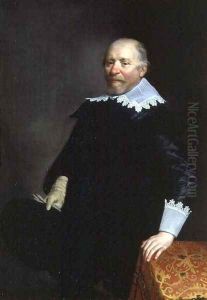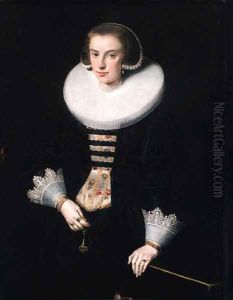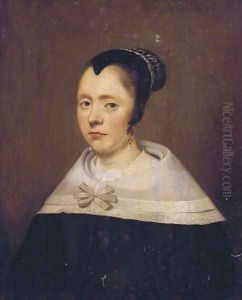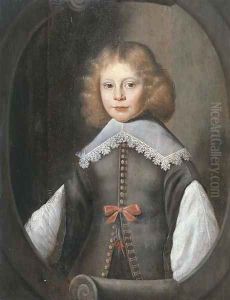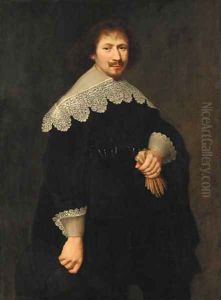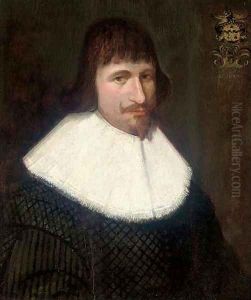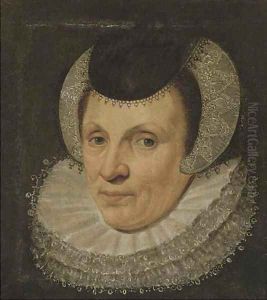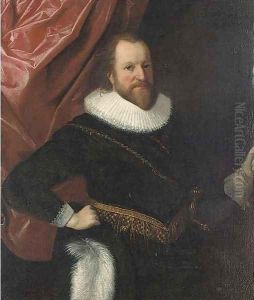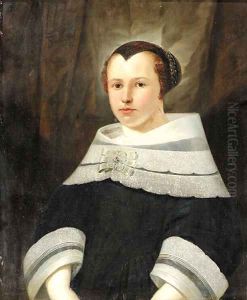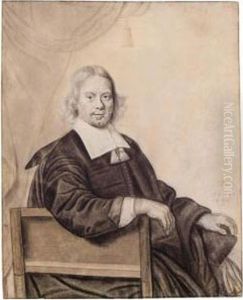Anthony van Ravesteyn Paintings
Anthony van Ravesteyn was a Dutch portrait artist whose life details are somewhat obscure, partly due to the commonality of his surname in the annals of Dutch art. The Ravesteyn family included several notable artists, which sometimes leads to confusion regarding their individual contributions and life details. Anthony, however, carved out his own niche in the world of portrait painting during the Dutch Golden Age, a period renowned for its remarkable output in arts and sciences.
His work is often associated with the city of The Hague, where he was active for a significant part of his career. Despite the lack of comprehensive records on his early life or training, it is believed that he was influenced by other prominent artists of his time and possibly received his artistic education in The Netherlands. His paintings were highly regarded for their detailed portrayal of subjects, capturing not only the physical likeness but also a sense of the individual's status and personality.
Anthony van Ravesteyn's contributions to art were primarily in the form of portraits, which were in high demand among the Dutch elite and the burgeoning middle class. His ability to depict fabrics and materials with great realism was particularly admired, lending his subjects a sense of dignity and wealth that was coveted at the time.
While Anthony van Ravesteyn's work may not be as widely recognized today as some of his contemporaries, he played a significant role in the development of Dutch portraiture. His paintings are preserved in various museums and collections, offering insights into the cultural and social dimensions of 17th-century Netherlands.
The exact details of his birth and death are somewhat vague, but he is known to have passed away in 1670. Despite the challenges in piecing together his full biography, Anthony van Ravesteyn's legacy as an artist of the Dutch Golden Age remains influential, showcasing the depth and diversity of talent that defined this pivotal period in art history.
